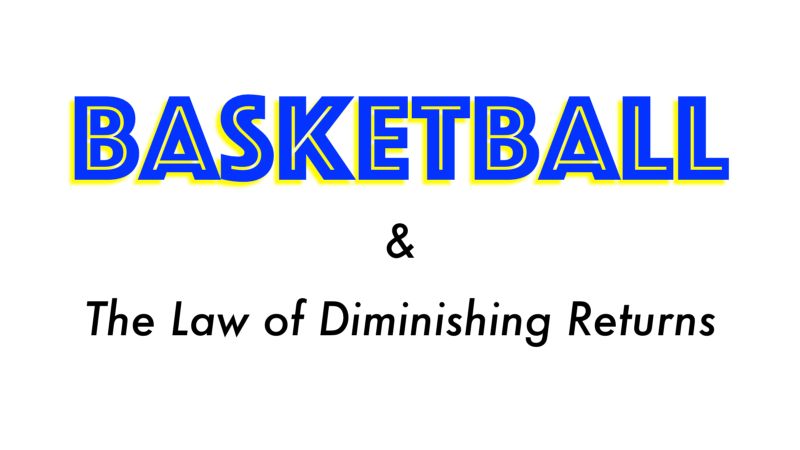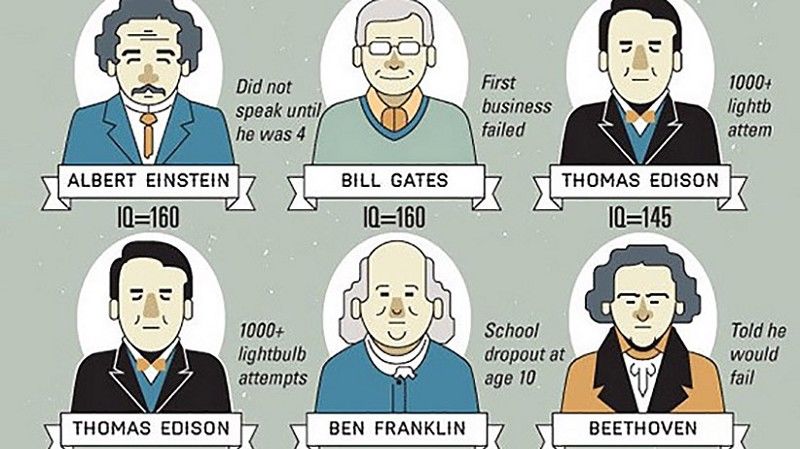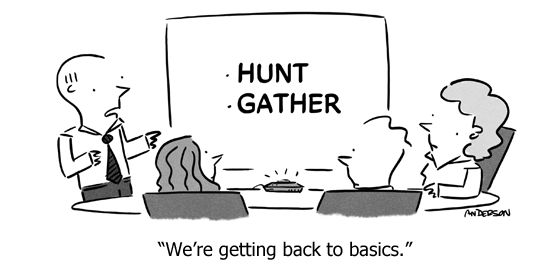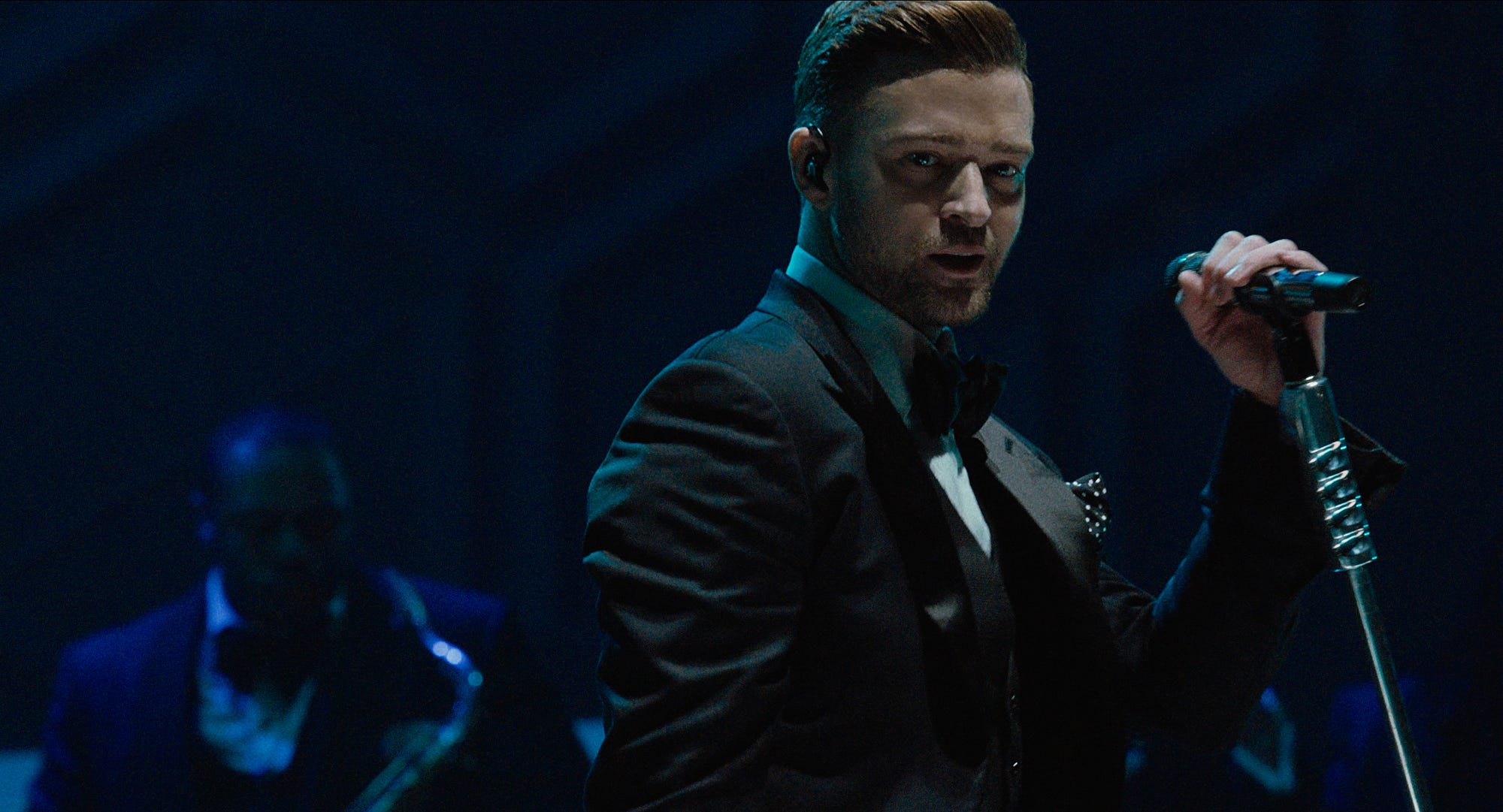New 2yo stakes winner for Trappe Shot as Mirai stays undefeated - Claiborne Farm
New 2yo stakes winner for Trappe Shot as Mirai stays undefeated
Posted On October 3, 2016
Mirai added to his sire Trappe Shot’s accolades when winning a spirited running of the $150,000 Bertram F. Bongard Stakes for New York-bred juveniles at Belmont Park Oct. 2. It was the second straight victory in as many career starts for the unbeaten chestnut colt.
A fast emerging sire of 2-year-old winners, Trappe Shot ranks among North America’s leading sires of juveniles. So far in 2016, eleven individual 2yo winners have represented Trappe Shot, including G3 Dwyer Stakes victor Fish Trappe Road.
Turning heads now is the undefeated 2yo son of Trappe Shot, MIRAI, who turned in a strong debut performance at Saratoga when stalking his way to victory in a six-furlong maiden contest. Despite being the most lightly raced horse in the five-horse Bertram F. Bongard Stakes field, Mirai went to post at odds of 2-5.
Trained by Chad Brown for Robert LaPenta and Madaket Stables, Mirai took over the lead early in the turn of the Bertram F. Bongard. The colt began to edge away in upper stretch, holding off rivals Haul Anchor and Pat On the Back in the drive to score a two-length victory. Mirai covered the seven furlongs in 1:23.62 and returned $2.80 to win.
“He was a little keyed up," Brown said. “(Jockey) Jose (Ortiz) said he wanted to go and he didn’t want to fight him. Once he made the lead, he got a little green, but he still gave him a good kick."
The Bongard is considered a prep race for the Sleepy Hollow Stakes at a mile at Belmont Oct. 24. Brown noted that the three weeks between races is a little quick, but he would consider it for Mirai, a $280,000 purchase at the OBS March sale earlier this spring.
Mirai’s dam, the Not For Love mare That’s Ok, is a full sister to stakes winner and G1-placed runner Forever Partners and a half sister to stakes winner Pal’s Partner.
Trappe Shot is Tapit’s top son at stud. Currently , he ranks #2 among 2nd-crop sires (behind Uncle Mo) by Graded Stakes Winners, Graded Stakes Horses and Grade 1 Stakes horses.

Posted on October 13th, 2016
Avenge becomes newest Grade 1 winner for War Front - Claiborne Farm
Avenge becomes newest Grade 1 winner for War Front
Posted On October 3, 2016
War Front’s status as an upper echelon sire climbed to new heights when two of his offspring won stakes races the first weekend of October, including Rodeo Drive Stakes (gr. I) victor Avenge.
Avenge, a 4-year-old filly, represented War Front with his first North American grade I victory. On Sept. 24, the stallion’s juvenile daughter Brave Anna took the G1 Connolly’s Red Mills Cheveley Park Stakes at Newmarket in England, just ahead of runner-up Roly Poly, also by War Front.
Avenge entered the Rodeo Drive off a victory in her previous start, the G2 John C. Mabee Stakes at Del Mar. The filly led at every call of the 1 ¼-mile Rodeo Drive. She was challenged throughout the race by favorite Zipessa, but managed to outlast that rival by three-quarters of a length at the wire. Trained by Richard Mandella, she completed the distance in 1:58.52 on firm turf.
The Rodeo Drive was a Breeders’ Cup Challenge “Win and You’re In" race to the Filly & Mare Turf (gr. IT). Avenge will enter that prestigious contest on a three-race win streak.
“It’s my parents’ anniversary today, so they’re in Italy, and I know they stayed up to watch," said Perry Bass, son of owner Ramona Bass. “I wish they were here, but it’s good to be here in their stead. We didn’t know if she could get the mile-and-a-quarter, and we didn’t know if she could get the mile-and-an-eighth in the Mabee. She surprised us there, and she got the lead here.
“She just cruised, and (jockey) Flav (Prat) rode great. Mandella and the whole barn were incredible."
Bred in Kentucky by Lerici Syndicate, Avenge is out of the winning mare Lerici and is a half sister to stakes winner Lira (by Giant’s Causeway). Avenge was a $650,000 purchase at the 2013 Fasig-Tipton Saratoga select yearling sale. Consigned by Gainesway, agent, she was bought by Steve Young, agent.
War Front’s other big winner of the weekend is Diamond Bachelor, who captured the Mr Steele Stakes at Gulfstream Park the same day Avenge took the Rodeo Drive.
A 5-year-old gelding who sold as a juvenile for $570,000, Diamond Bachelor led gate-to-wire under apprentice jockey Lane Luzzi to capture the $75,000 Mr. Steele by 1 1/2 lengths. He completed the one-mile turf contest in 1:36.96.
He entered the Mr Steele off a score in the Sept. 3 The Vid Stakes at Gulfstream. Bred by Jamm Ltd., Diamond Bachelor is owned by Diamond 100 Racing Club. He is out of the Pulpit mare Seasoned.
Another one of War Front’s offspring, With Honors, ran second in the G1 Chandelier Stakes for 2-year-old fillies at Santa Anita Park Oct 1.
On the year, War Front, the world’s #1 sire of 2yos, has 32 SH, 19 SW, and 10 GSW.

Posted on October 13th, 2016














